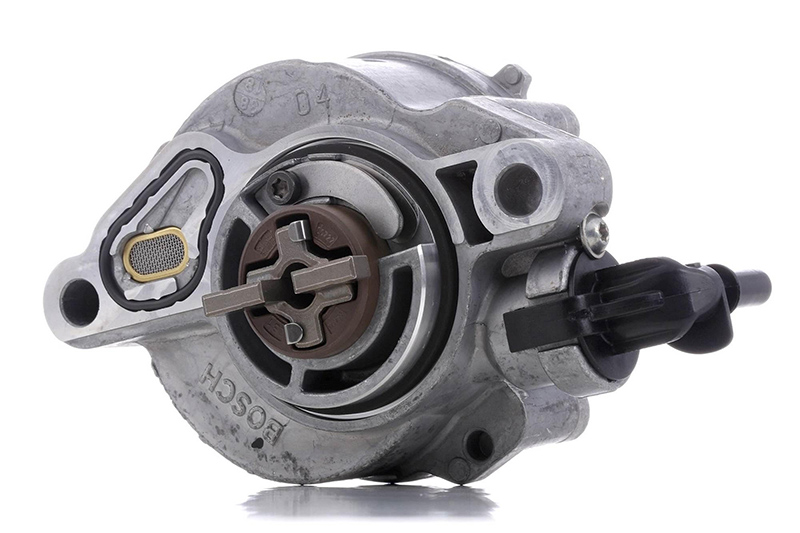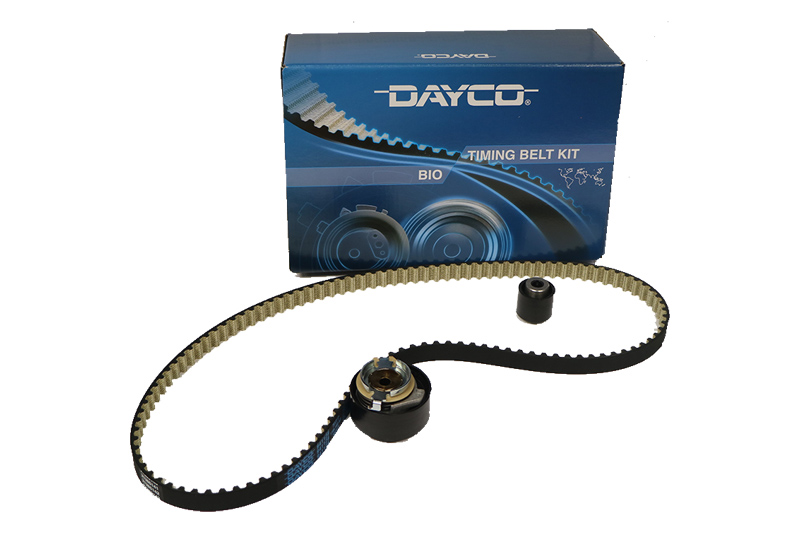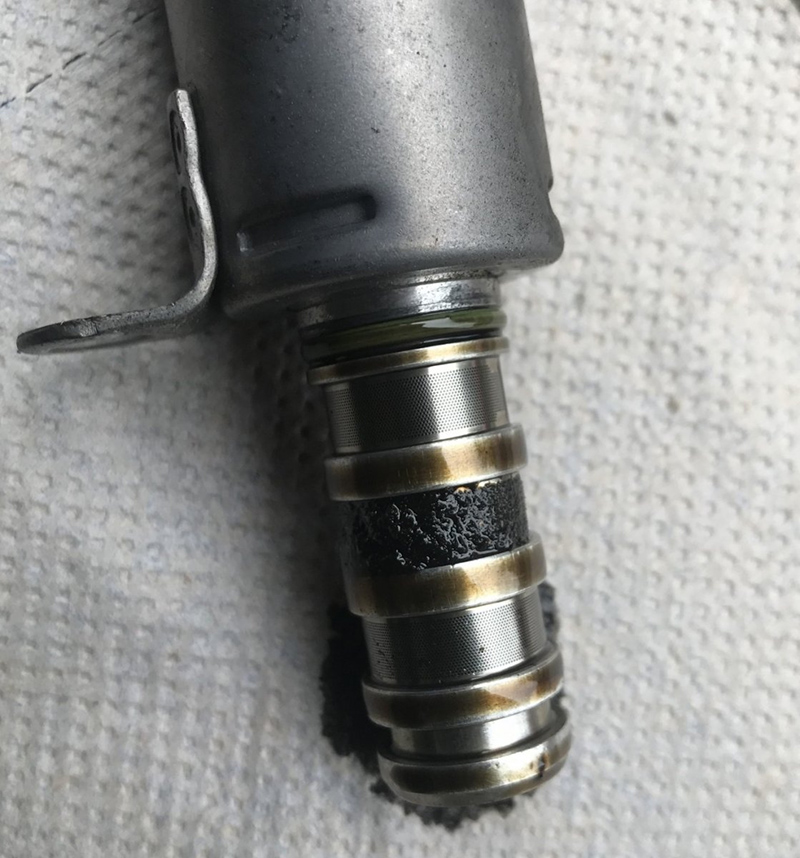
Dayco’s National Sales Manager, Steve Carolan stresses the need for workshops to provide regular maintenance of PureTech engines in line with VMs’ scheduled service intervals, to ensure the ongoing reliability of these engines.
Taking the 1.2-litre PureTech engine, which is used in multiple PSA applications, as an example, according to their respective service schedules, the timing belt must be checked at intervals of between 12,500 and 16,000 miles or every 12 months, whichever comes first.
The belt-in-oil solution helps this small and efficient engine deliver incredible levels of power, alongside exceptionally low emissions and excellent fuel economy, primarily because it reduces friction in the drive system by up to 30%. However, to maintain this level of performance and to continue to operate as the manufacturer designed, they need to be serviced regularly and the condition of the belt assessed.

Apart from the catastrophic consequences that would result from belt failure, belt degradation can also have serious implications to several other components, such as the oil pump and brake system vacuum pump.
So, for independents servicing these vehicles, there are some practical best practice guidelines that can be followed to help them avoid these issues, including how to assess the condition of the belt, without having to resort to a complete engine strip down.
First and foremost, irrespective of why the vehicle has come into the workshop, check the condition of the belt. This is much easier than many think, as it can be carried out by looking at the condition of the back of the belt when viewed through the engine’s oil filler. The second, which can also be carried out through this access point, is to measure the width of the belt with special tool PSA part number 1643190080, as excessive belt swell can cause binding in the drive system.
If any evidence of damage can be seen, or if its width exceeds that of the measuring tool, the belt must be replaced. However, even if no damage is obvious, but contamination of any description is evident in the engine oil, further exploration is necessary as the oil sump needs to be dropped and several of the engine’s other components must be examined.
Technicians need to check both the oil pump and vacuum pump strainers for any debris, and if any sign of contaminates are found in the vacuum pump, its replacement should be considered.

Three further checks then need to be made: the turbo oil feed banjo, oil pump solenoid valve and the variable valve timing solenoids, which all also need to be cleaned before refitting. Finally, a visual check for debris in the oil ways should be carried out by removing the camshaft solenoids. If contamination is found in any of these areas or components, irrespective of the visual condition of the timing belt, it must be replaced.
By following these best practice procedures, workshops will not only be reducing the risk of subsequent belt failure, but they will also ensure that the engine is operating to its correct tolerances and maximising its performance and efficiency.









